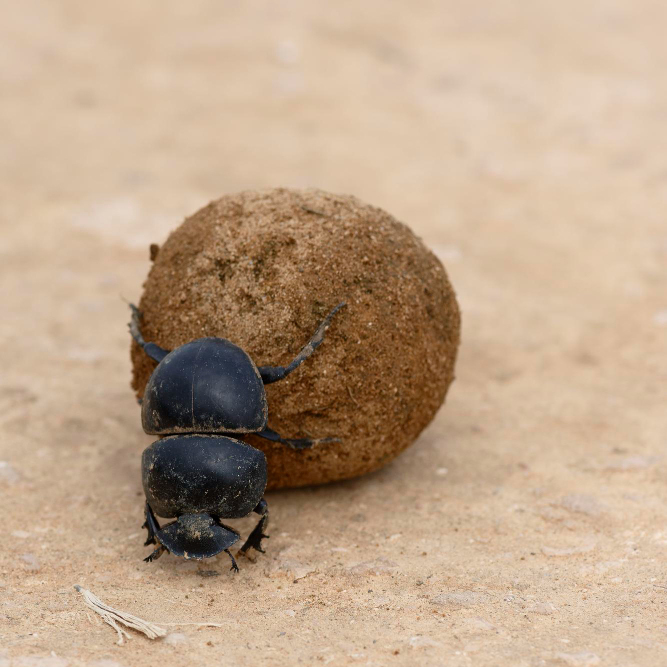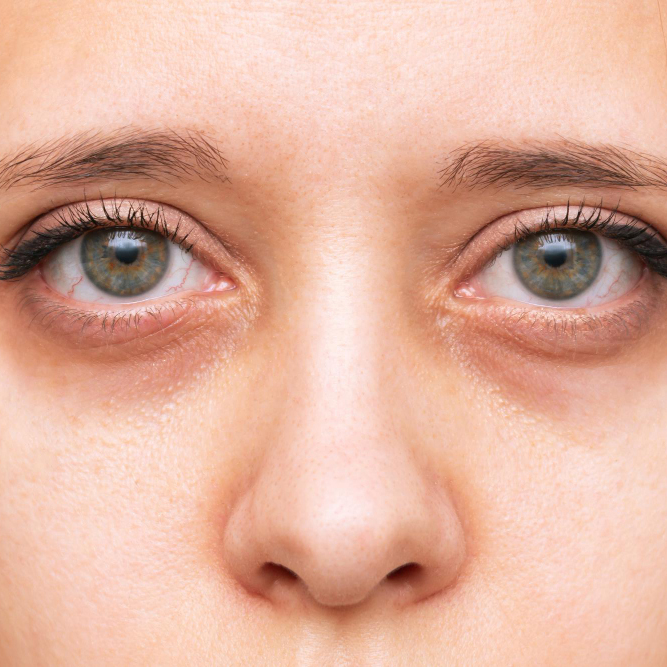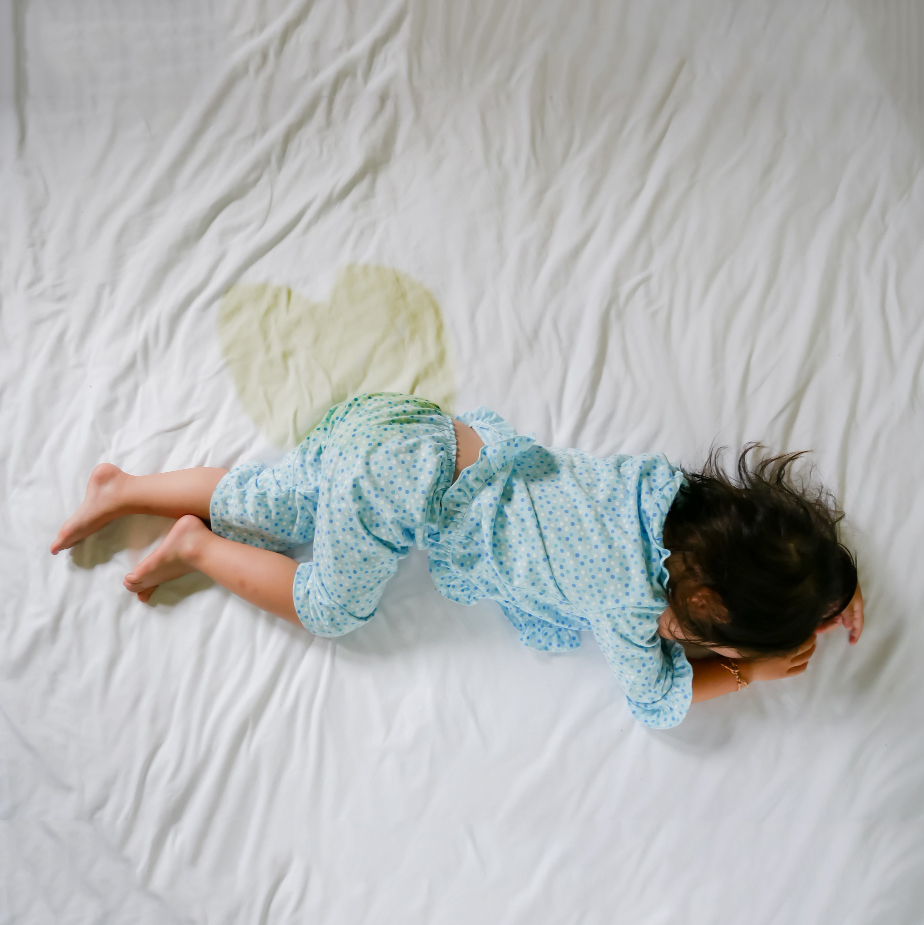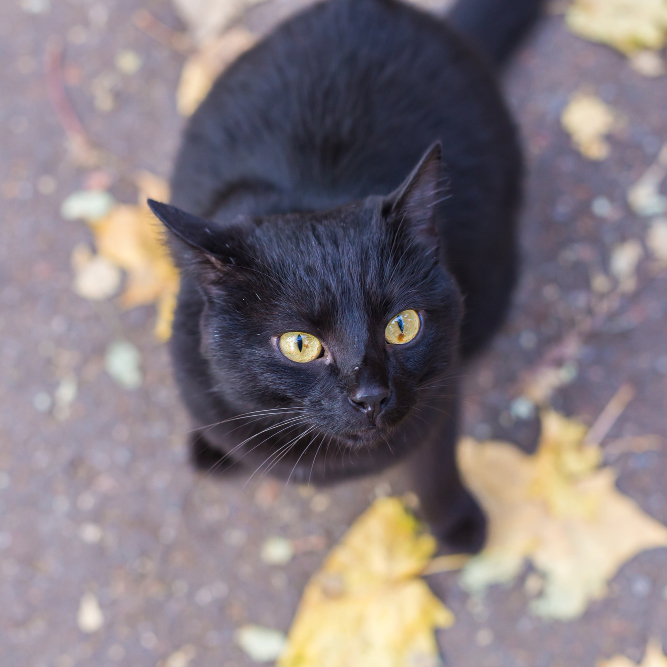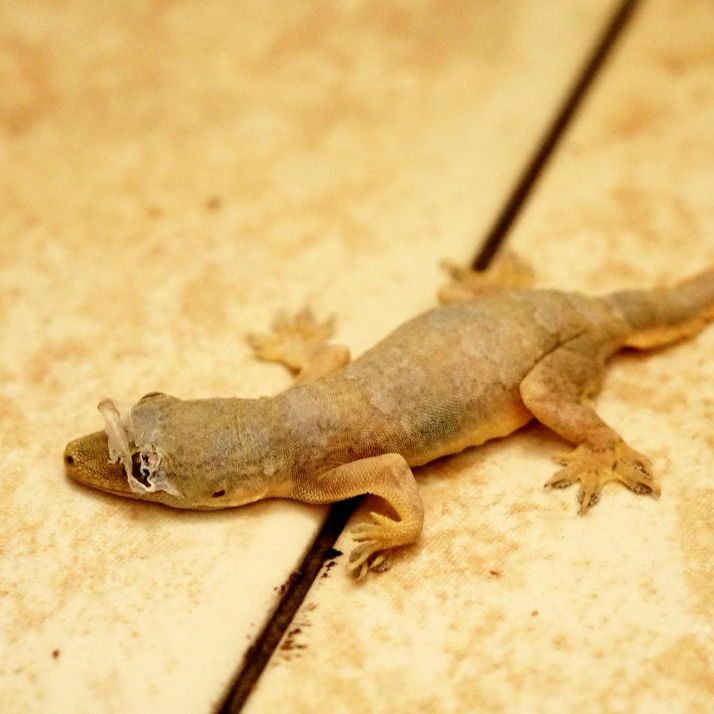The intricate relationship between insects and the symbolism of death and rebirth has intrigued cultures across the globe for centuries. Insects, with their transformative life cycles and mysterious behaviors, have been perceived as powerful symbols representing the eternal cycle of life and death. This article delves into the fascinating world of insect symbolism, exploring how these tiny creatures have come to embody the concepts of endings, new beginnings, transformation, and renewal. Through examining the cultural significance of various insects in relation to the cycle of life and death, we aim to unravel the mystical connections between these creatures and the profound notions of rebirth and regeneration.
Discover the Symbolism Behind 8 Insects Representing the Cycle of Life and Death
Death and rebirth are two closely related concepts that serve as the foundation of many religious beliefs around the world. The cycle of life and death is a natural process that every living thing must go through, and this universal truth is symbolized by insects that represent transformation, change, and evolution.
The symbolism behind these insects is not only fascinating, but it also gives us a profound understanding of the world we live in. Let’s explore the meaning behind these 8 insects that symbolize death and rebirth.
Unveiling the Cultural Significance of Insects in Symbolizing Rebirth
According to the ancient Egyptians, insects symbolized resurrection and rebirth. This belief was rooted in the observation of insects like the dung beetle, which laid its eggs in manure. These eggs eventually hatched into young beetles, and in the same way, so too were human souls believed to be reborn.
The concept of rebirth was essential in ancient Egyptian culture, as they believed that the soul had to go through a series of tests before it could be reborn into a new body. If the soul failed any of these tests, it would be devoured and cease to exist.
Rebirth was also central to the Christian faith. Many Christian symbols involved insects or other small creatures. In medieval Europe, it was thought that bees were born from the bodies of dead cattle, and that they were created by God as a way for people to witness the cycle of life and death.
Although the concept of rebirth is not as central to modern culture as it once was, insects still play a significant role in our lives. Insects are responsible for pollinating crops and flowers, and many are also predators of other insects, helping to keep populations in check.
Exploring How Insects Have Been Linked to Transformation and Renewal Across Different Cultures
Each culture around the world has its own set of unique traditions, beliefs, and superstitions. In many cultures, insects have been associated with various symbols and meanings, with death and rebirth being one of the common beliefs.
According to these cultures, insects are closely linked to our spiritual realm. This is because they undergo several stages of growth and transformation in their lives, which is similar to the process of death and rebirth experienced by human beings. It is believed that when a person dies, their spirit passes through different stages before it is reborn into a new form.
If you are interested in the different insects that are associated with death and rebirth across various cultures, here are some examples:
1. Bees
The bee symbolizes death and rebirth in many different cultures across the world. The ancient Egyptians believed that bees were born from the tears of Ra, the sun god. They also believed that the souls of dead pharaohs would transform into bees after death.
In Greek mythology, bees are said to be messengers between life and death. According to a legend, if someone dies, a bee will come and sting their family members three times as a way of letting them know that their loved one has died.
2. Scarab Beetles
Scarab beetles are usually associated with immortality and resurrection in ancient Egyptian culture. This is because they lay their eggs in dung balls which were believed to resemble the sun god rolling across the sky.
3. Ladybugs
In Christianity, ladybugs are considered a symbol of good luck. According to a European legend, ladybugs were named after the Virgin Mary- who was often depicted in red robes- as her protectors. In Sweden, ladybugs are even considered bearers of good weather!
4. Butterflies
In many cultures, butterflies symbolize transformation, renewal, and rebirth. This is because they undergo a complete metamorphosis during their lifetime: egg-larvae-cocoon-butterfly.
In Japanese culture, butterflies are associated with departed souls and considered as carriers of good news from deceased ancestors or friends.
The Mystical Connection Between Insects and the Notions of Endings and New Beginnings
Rebirth, transformation, and death are themes that appear in many pieces of literature and art. They are also common subjects of conversation. This is because each person experiences birth, death, and rebirth in their lives. The idea of rebirth is attractive, as it gives people a sense of hope and a chance for a new beginning.
Since insects are small creatures, they can live unnoticed in our environment, whether they live under the earth or inside the walls of your house. It’s no wonder that some people associate them with feelings of discomfort or fear. But as time goes on and knowledge becomes more accessible to people, they discovered that these insects also symbolize death and rebirth.
When we look at the life cycle of insects, we see that they begin as eggs. These eggs hatch into larvae, which then turn into pupae or chrysalises before transforming into adult insects. As a result, many people believe that these creatures symbolize change and endings, such as the end of one life stage and the beginning of another.
The mystical connection between insects and rebirth has been present for centuries. Many cultures around the world have their own stories about how these creatures represent death and rebirth.
The Scarab Beetle
In ancient Egypt, scarab beetles were considered symbols of protection in this life and the next. This culture believed that these beetles were sacred creatures that could ward off evil spirits. Scarab beetles were associated with the sun god Ra because they rolled balls of dung across the ground in much the same way that Ra was thought to roll the sun across the sky.
Because of this association with Ra and the sun, scarab beetles represented the cycle of life to many ancient Egyptians. When a person died, they were thought to be reborn as a scarab beetle before being born again as a new person. This made them an important symbol for Egyptians who wanted to protect themselves from evil spirits or ensure a good rebirth after death.
Dragonflies
Ancient Japanese folklore tells us that dragonflies are symbols of courage, strength, and happiness. These beliefs are so widespread that there’s even a samurai family crest that features dragonflies.
Many Native American tribes also believe that dragonflies are symbols of change. The Navajo say dragonflies are reminders to take joy in life and overcome hardship with ease. The Hopi see them as messengers from the gods who bring guidance on how best to live our lives.
Butterflies
Butterflies are known for their beauty and grace but have been seen as symbols for transformation in many cultures around the world for hundreds of years due to their dramatic life cycle.
In Greek mythology, Psyche was a woman so beautiful she made Aphrodite jealous. Aphrodite sent her son Eros to make Psyche fall in love with something ugly so she would become unhappy. But Eros was so taken by Psyche’s beauty he fell in love with her instead.
They were married but Eros forbade Psyche from looking upon him. One night she did anyway and Eros flew away leaving Psyche heartbroken until she was reunited with him once more after overcoming several trials set by Aphrodite herself.
Ultimately their love was so powerful it made them immortal beings like gods themselves – this story became symbolic for love and transformation which is why butterflies are associated with both these emotions today.
Dive Into the Intriguing World of Insect Symbolism in Relation to the Cycles of Death and Rebirth
The subject of death and rebirth is one that has been studied by humans since time immemorial. It is no different in the case of insects, as they also experience the concept of life and death within their limited lifespans. As a result, the symbolism associated with insects and their interactions with the cycles of death and rebirth is quite fascinating. It isn’t just morbid; it is also enlightening and propels us to understand the bigger picture.
There are several insects that, for various reasons, have come to symbolize death and rebirth. While some might seem obvious, others are likely to surprise you. The idea that an insect can symbolize either of these cycles is bewildering in itself, but when you take the time to learn about each creature and its symbolic significance, it becomes a genuinely enriching experience.
Every insect mentioned below has been given its symbolic meaning based on its interaction with death and rebirth in both historical texts and modern-day literature alike.
As we conclude this exploration into the symbolic significance of insects in representing death and rebirth, we are reminded of the universal themes that connect all living beings. Insects, through their natural processes of growth, decay, and metamorphosis, serve as poignant reminders of the cyclical nature of existence. Their ability to transform from one form to another mirrors the continuous cycle of life and death that governs the natural world. By understanding and appreciating the symbolism associated with insects, we gain a deeper insight into the mysteries of existence and our place within the intricate web of life.
